Business Communication Skills: Methods, Benefits and Principles
VerifiedAdded on 2023/02/10
|11
|434
|93
Report
AI Summary
This report provides a comprehensive overview of communication skills in business, covering essential models like David Berlo's SMCR, methods including written, verbal, and electronic, and technologies such as email and voicemail. It highlights the benefits of both formal and informal communication within organizations, emphasizing how effective communication fosters discipline and minimizes errors. The report also outlines key principles of effective communication, such as simplicity, accuracy, and timeliness, while addressing common barriers like personal, external, and organizational obstacles. Concluding that business communication is vital for transferring information, the presentation underscores the importance of understanding and applying these concepts for successful business operations. Desklib provides this solution and many more resources for students.
1 out of 11
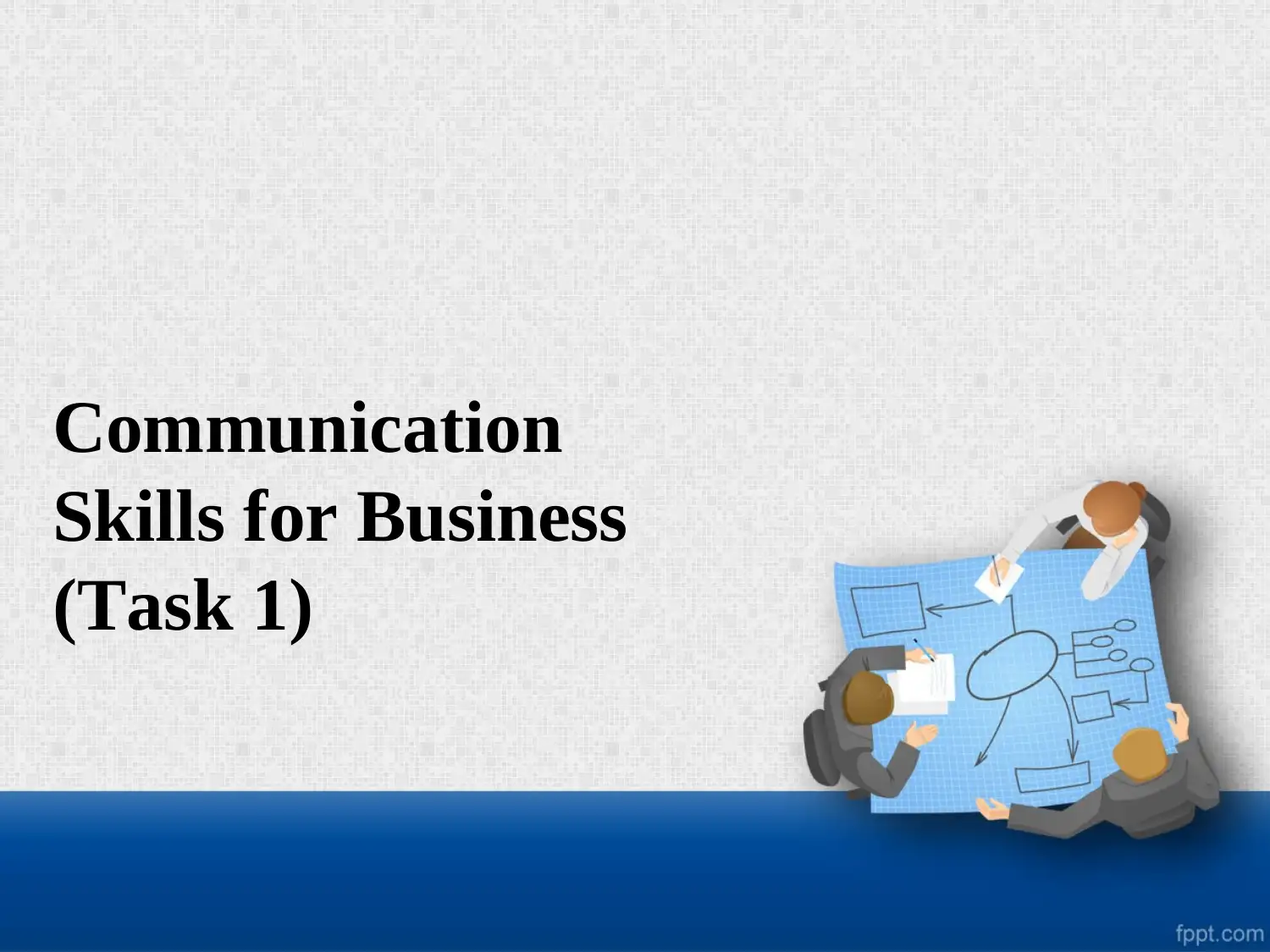
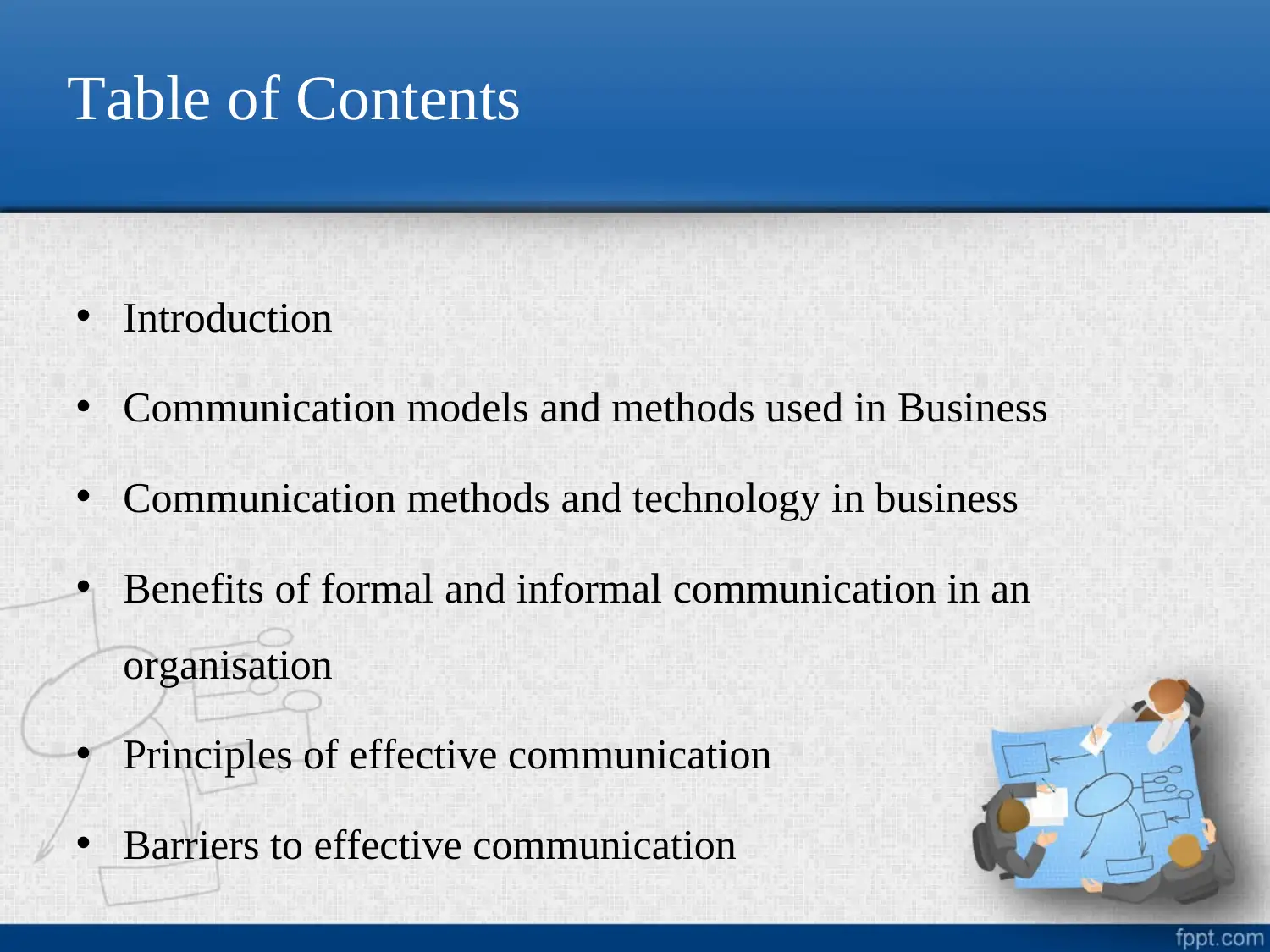
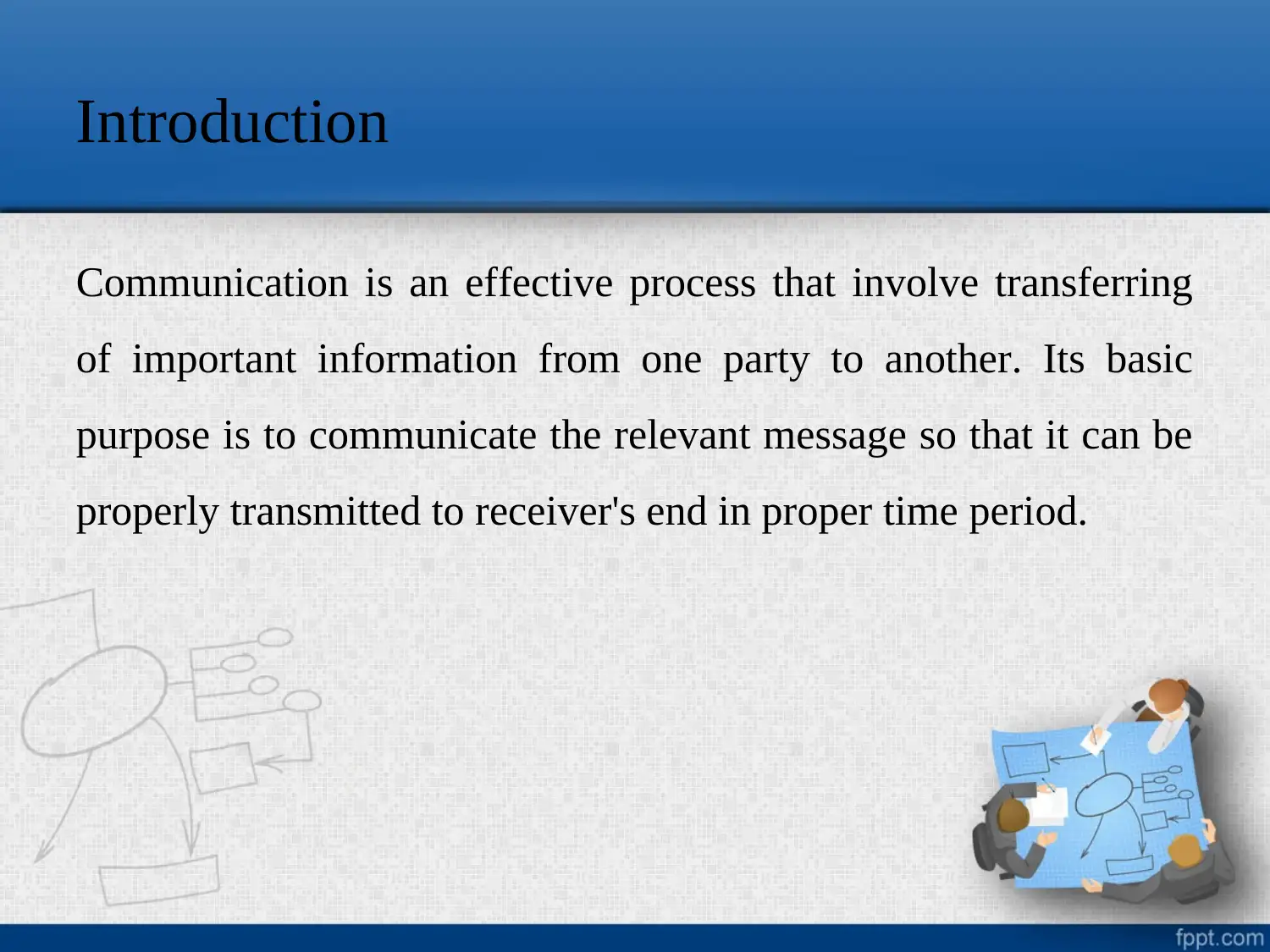

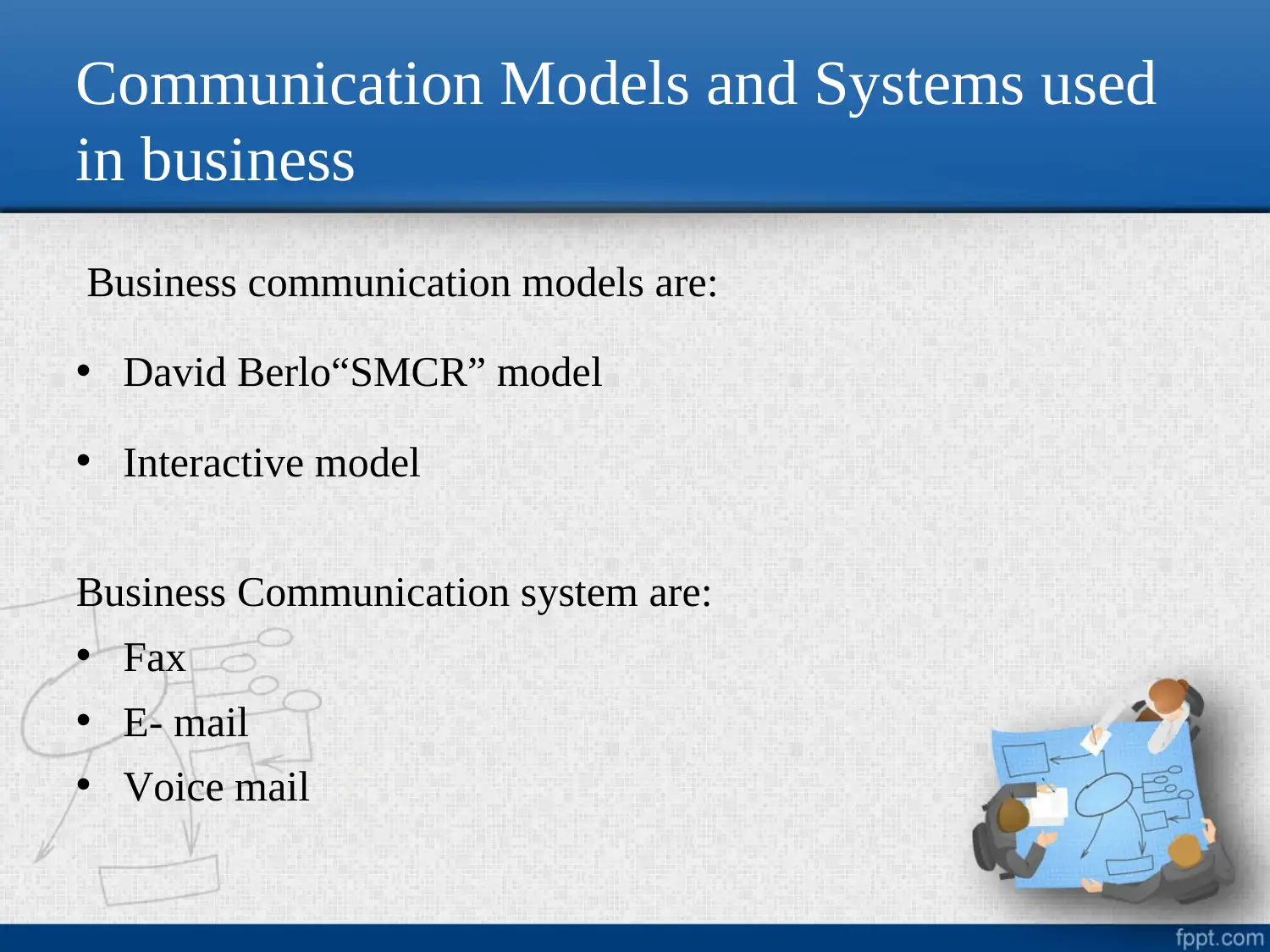
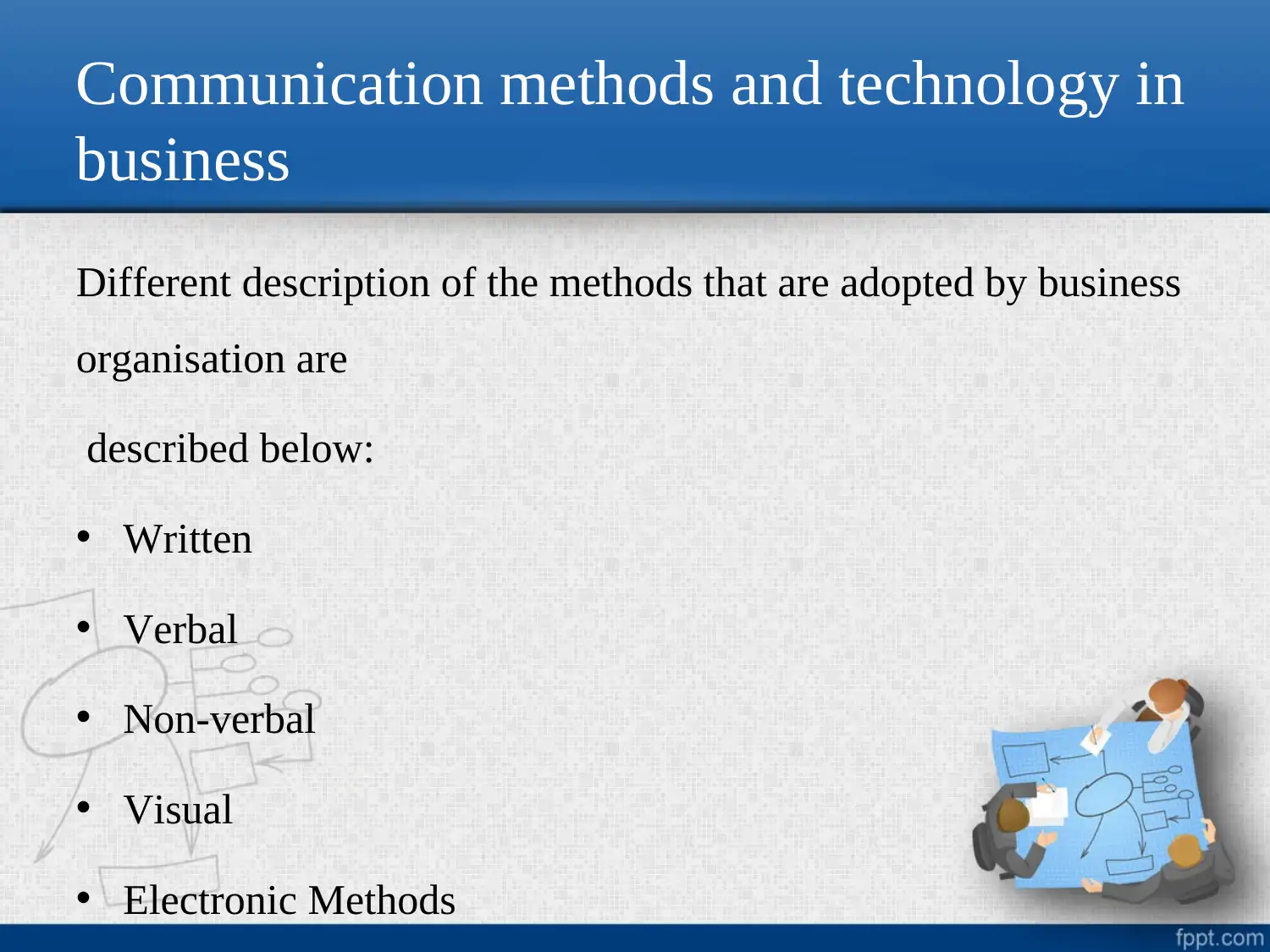
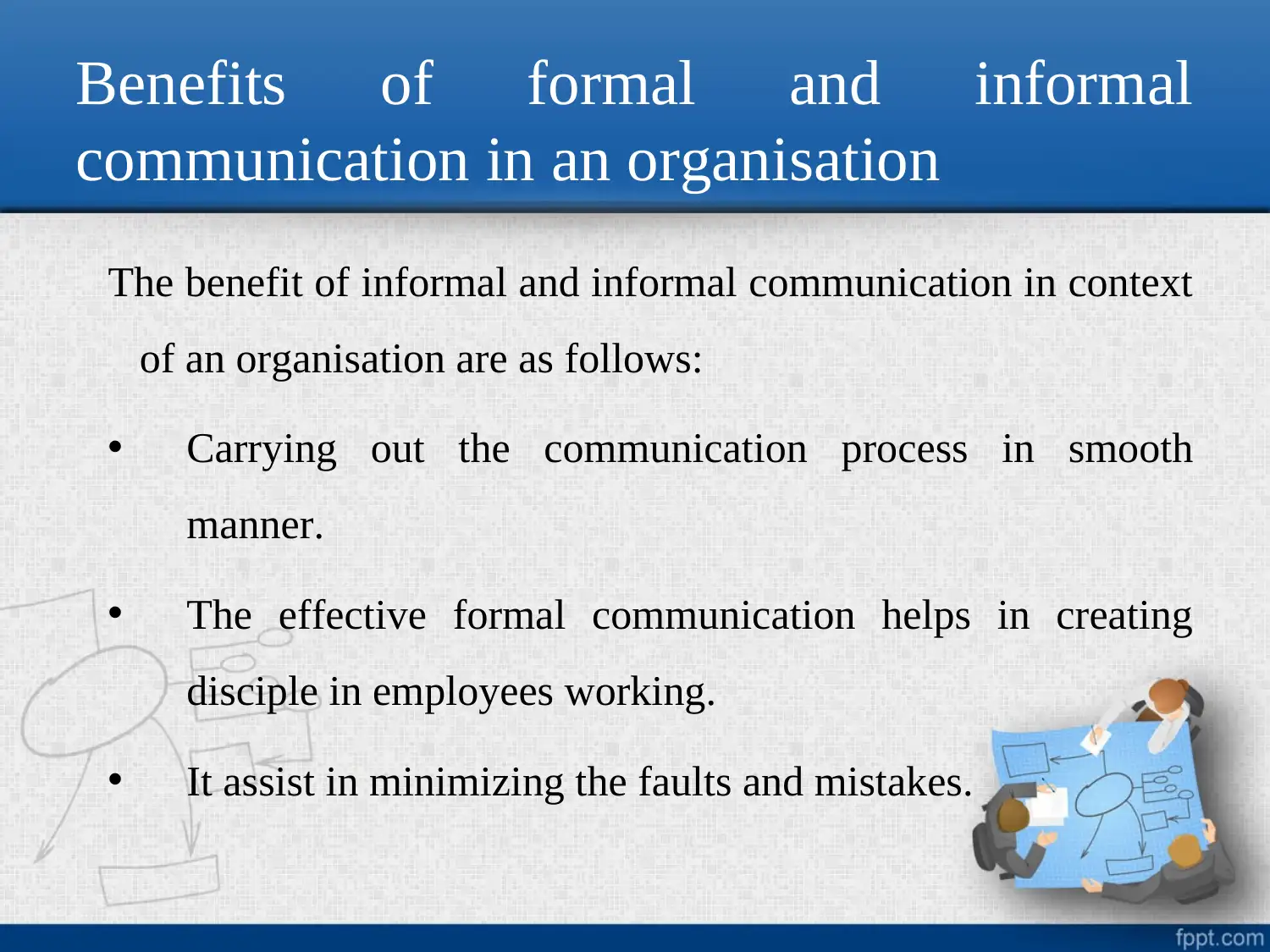
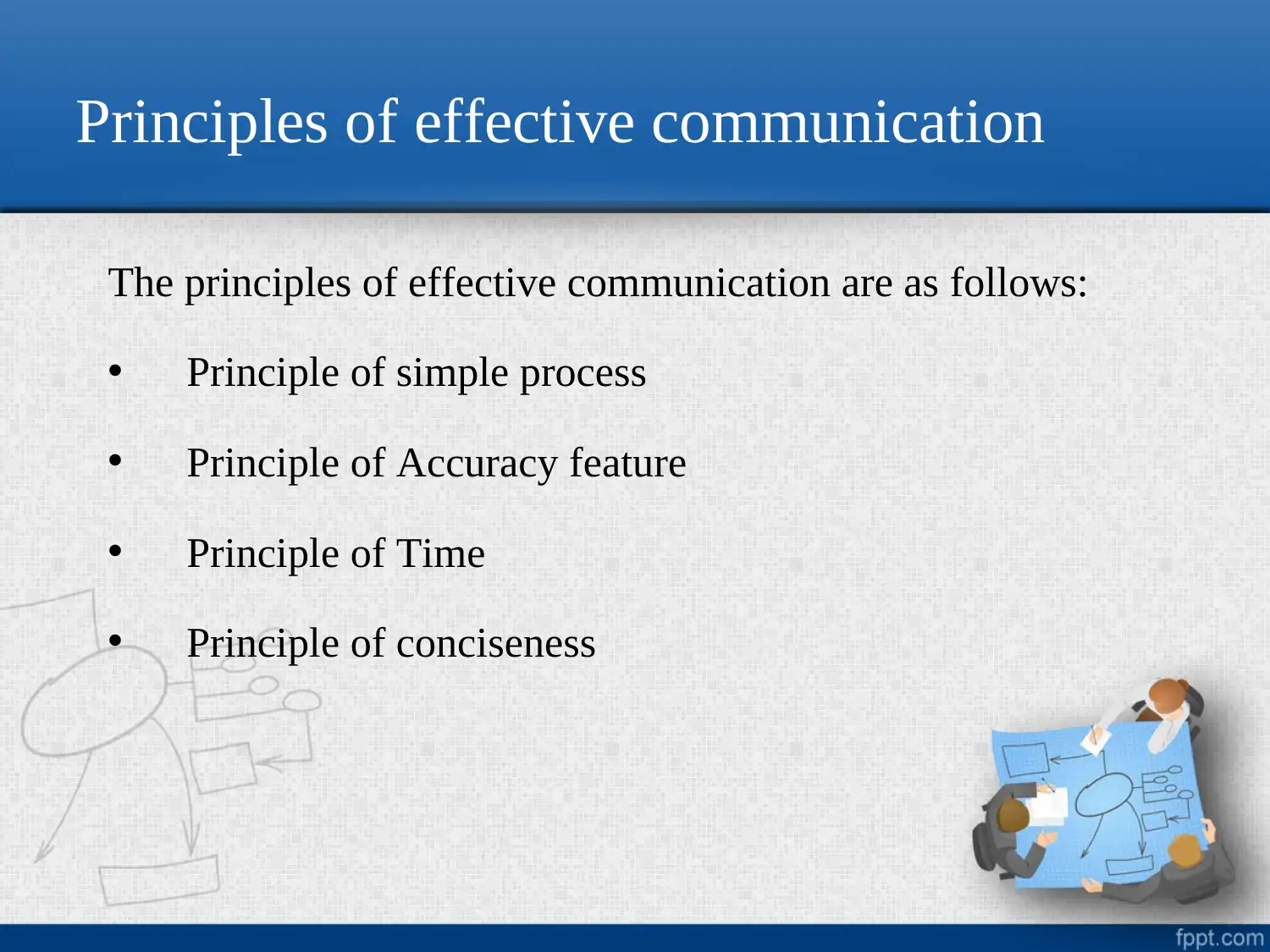
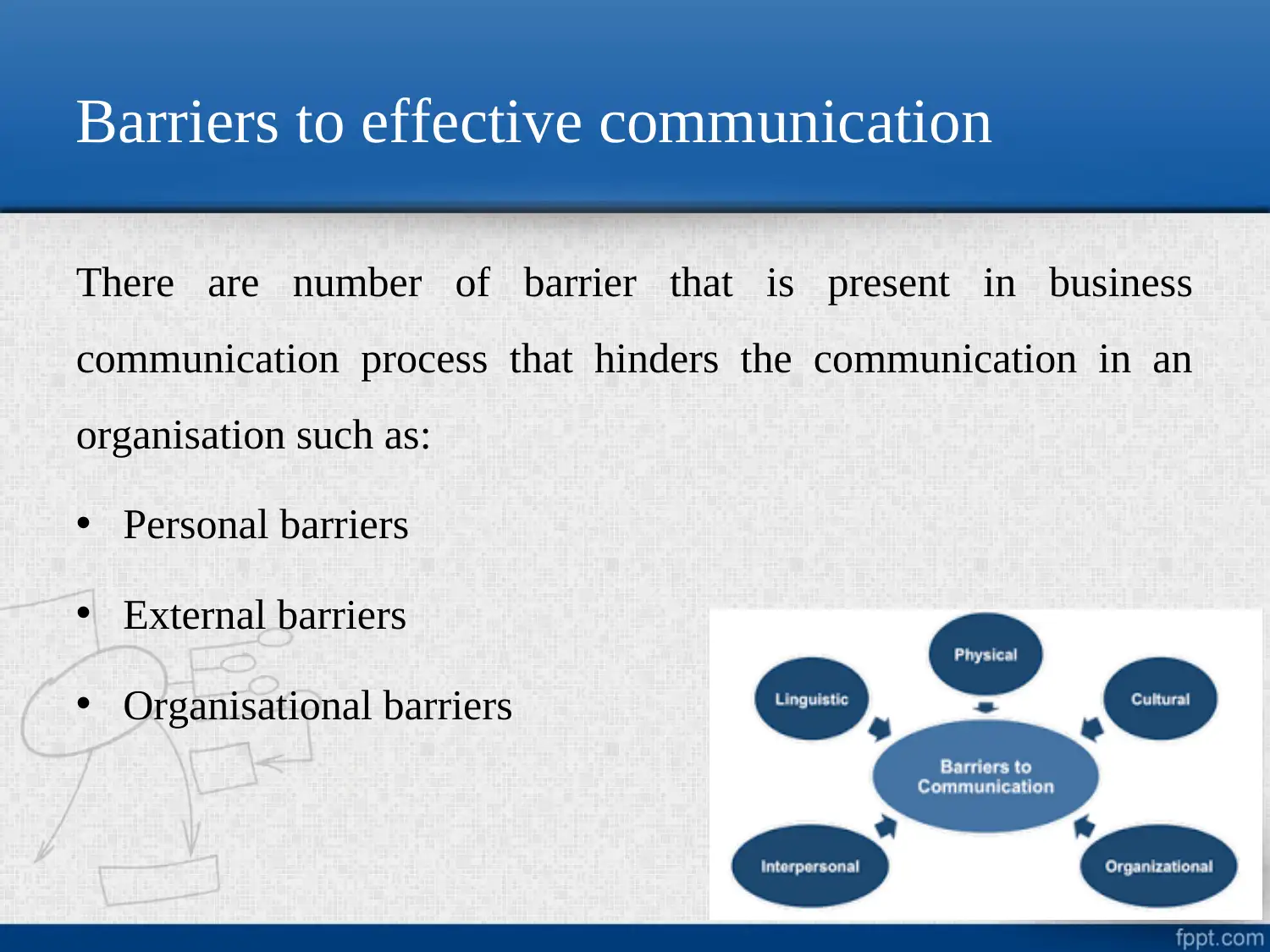
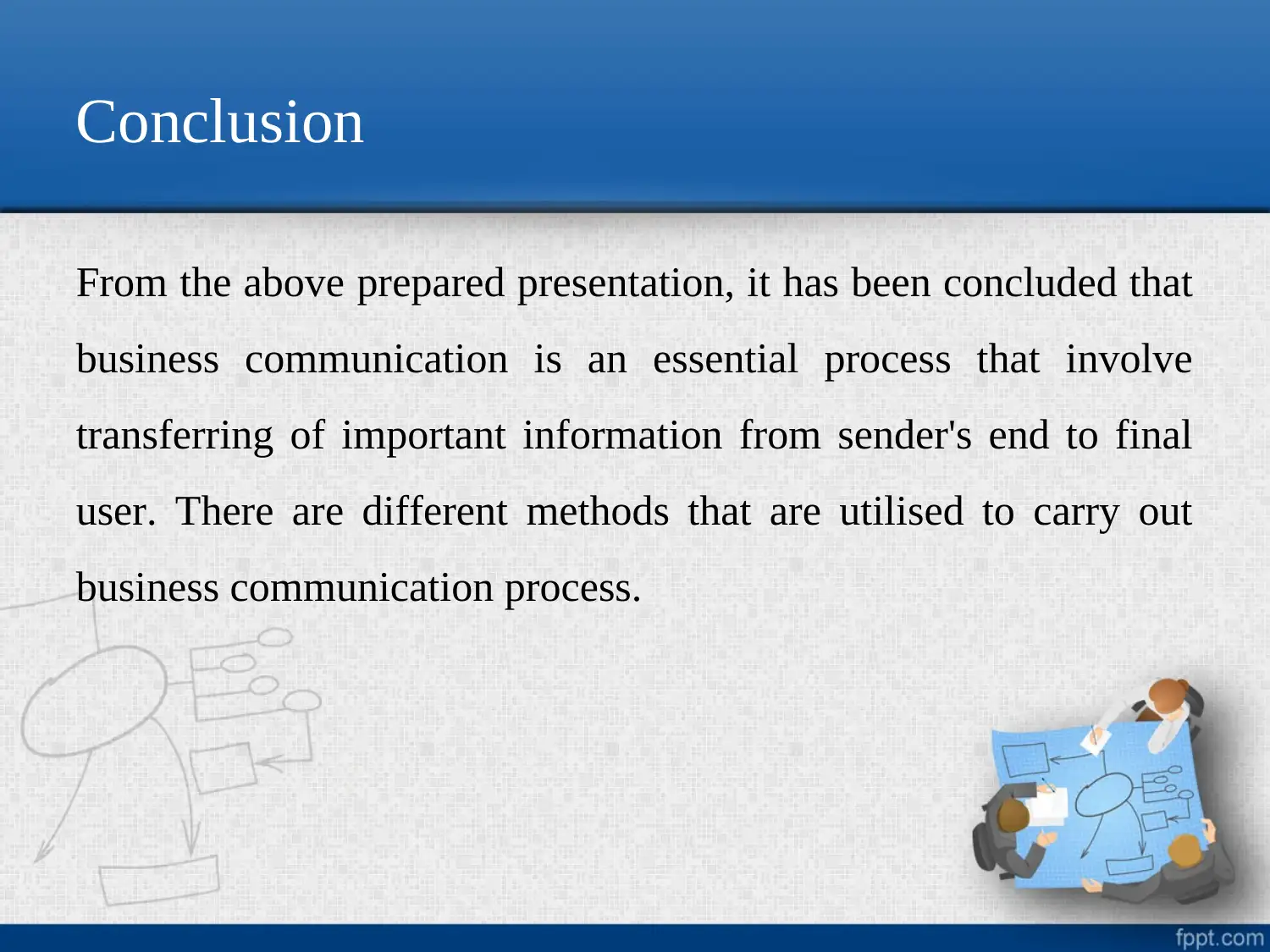
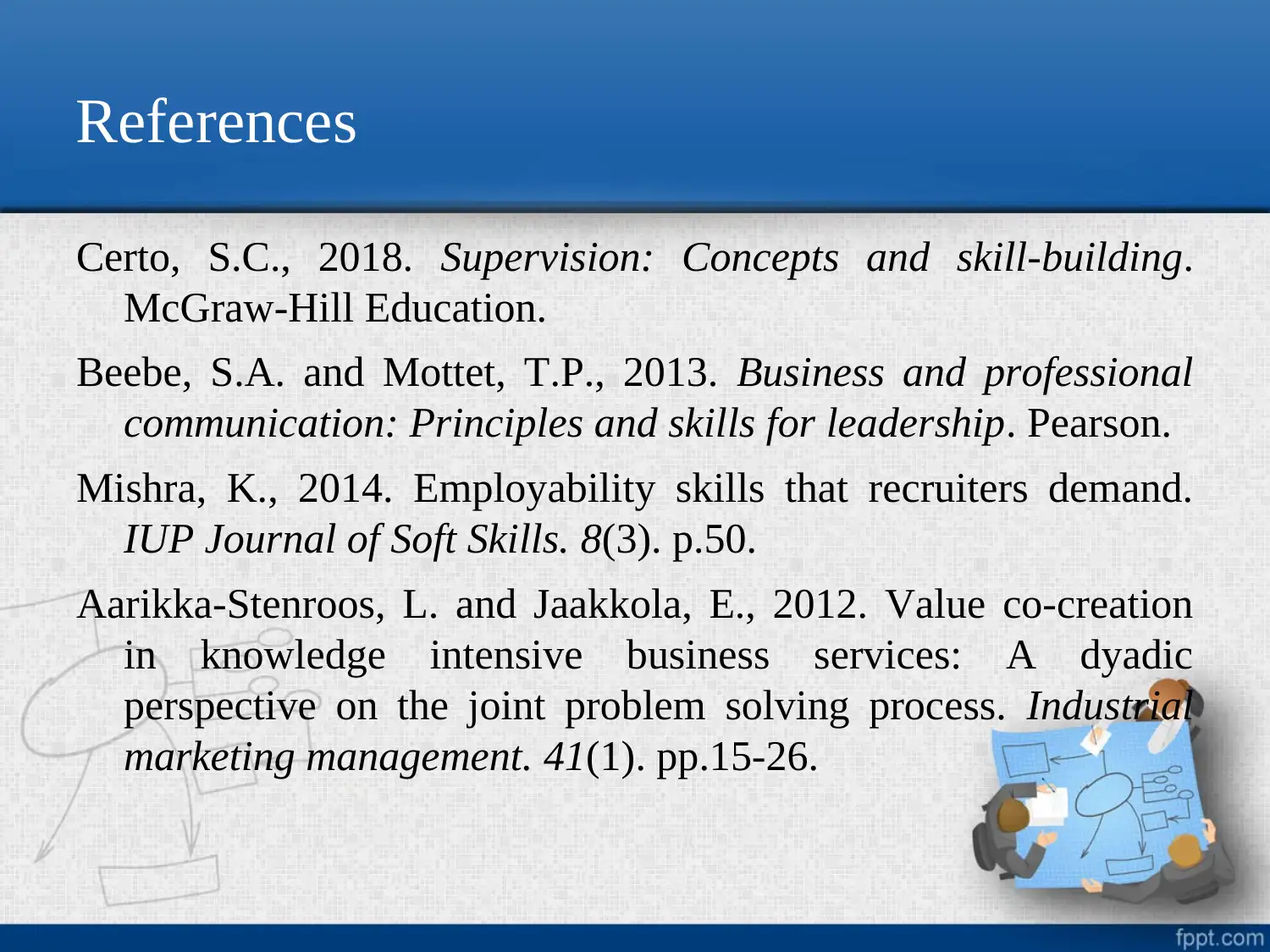
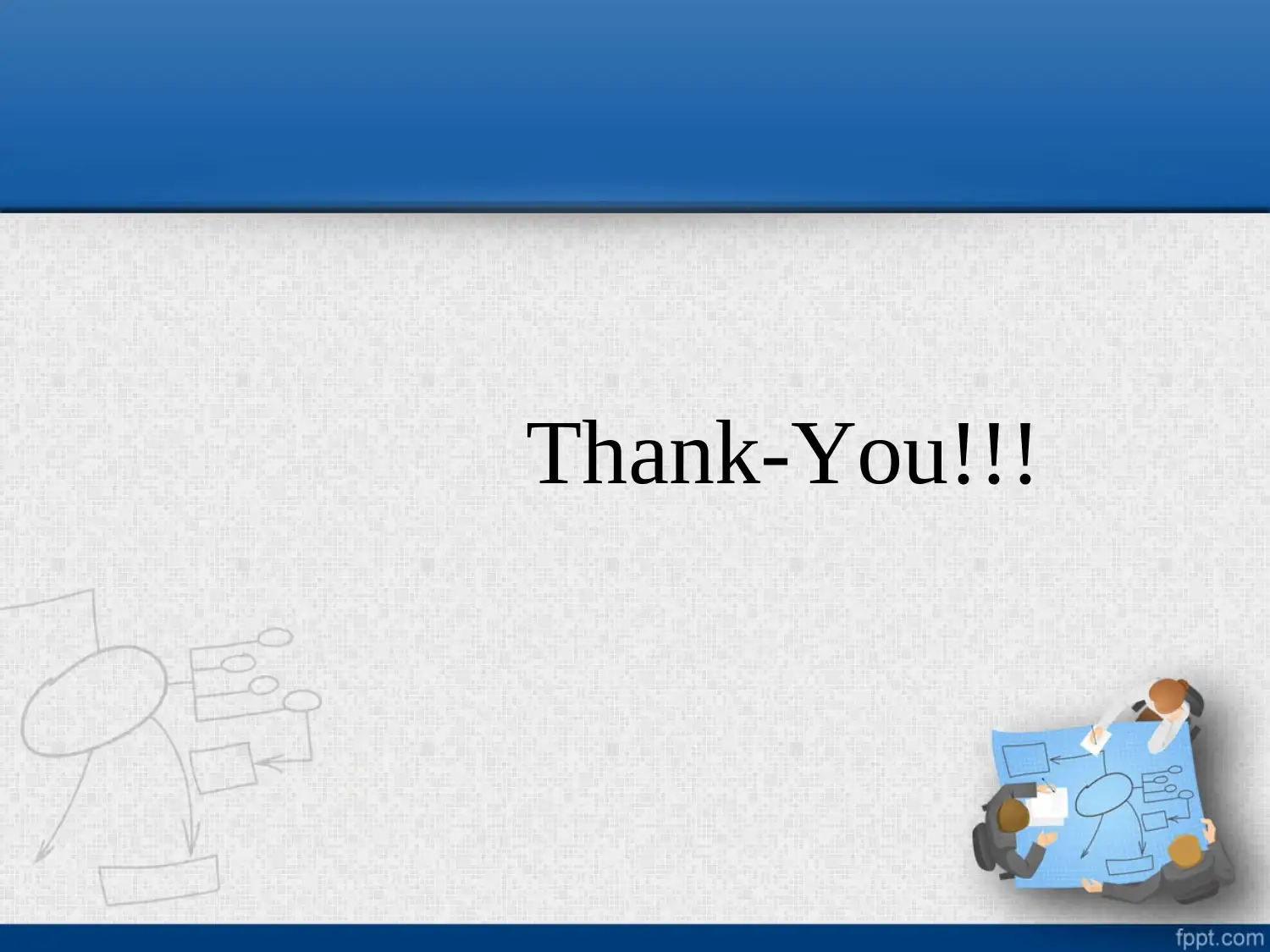






![[object Object]](/_next/static/media/star-bottom.7253800d.svg)